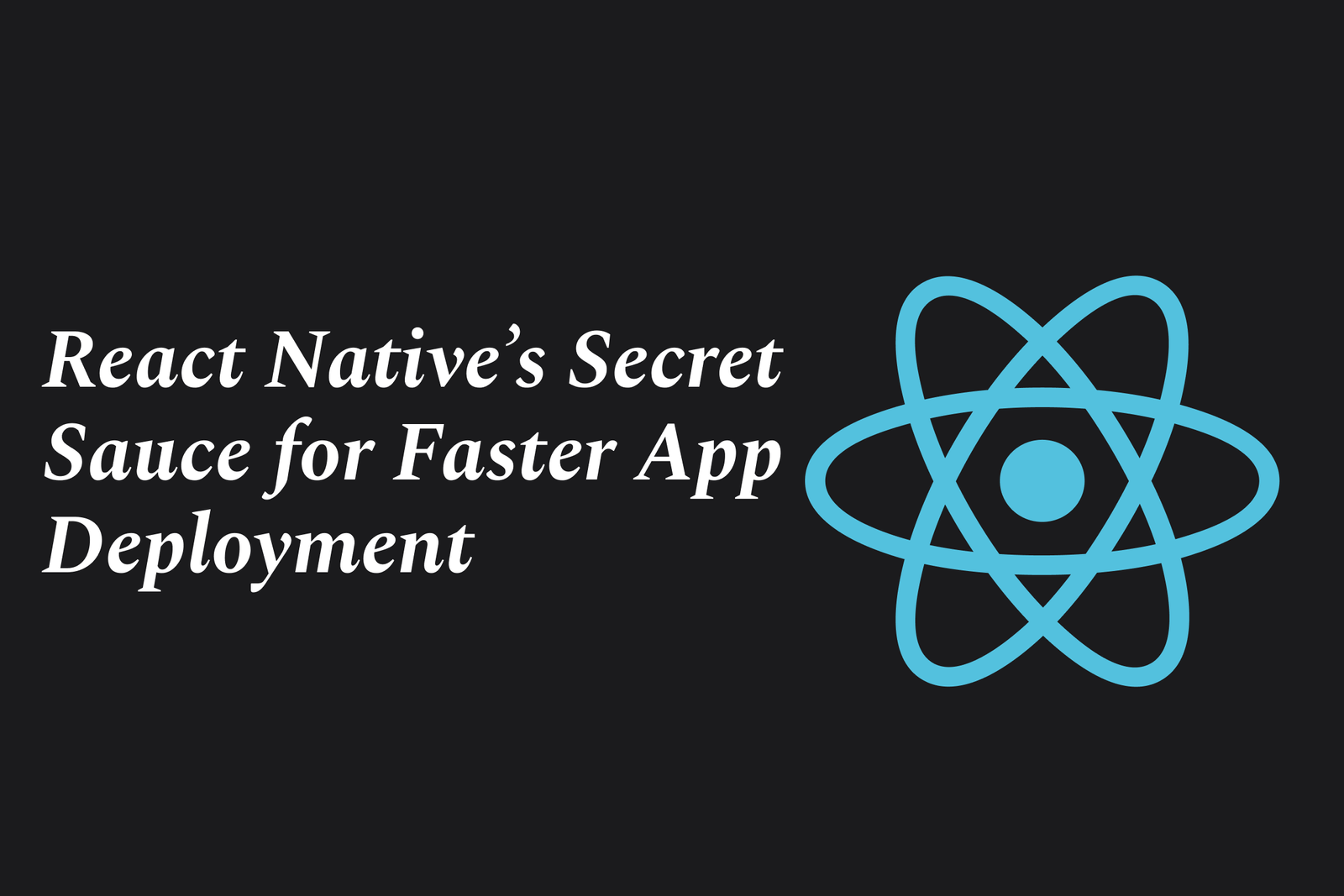React Native 0.75 Vs 0.74: What?S Changed?
React Native 0.75 builds on 0.74 by stabilizing the new architecture, adding support for percentage-based layouts, and enhancing templates. While 0.74 introduced Yoga 3.0 and bridgeless mode by default, 0.75 focuses on improving developer experience and layout flexibility.
React Native 0.75 vs 0.74: What’s Changed?
1 ) Introduction to React Native 0.74 and 0.75
React Native 0.74 introduced Yoga 3.0 and made the Bridgeless New Architecture the default under the new architecture framework.
React Native 0.75 focused on stabilizing the New Architecture, adding support for percentage values in layout, and updating templates and initialization processes.
2 ) Key Updates in React Native 0.74
Yoga 3.0 was integrated, enhancing the layout engine's capabilities.
The Bridgeless mode under the New Architecture was enabled by default, simplifying the rendering pipeline and improving performance.
3 ) Enhancements in React Native 0.75
Support for percentage values in layouts was added, allowing more flexible UI designs.
Continued stabilization of the New Architecture, making it more reliable for production use.
Updates to templates and project initialization improved the developer experience and facilitated smoother project setups.
4 ) Developer Experience and Migration Insights
Developers upgrading from versions like 0.67.5 to 0.74 have reported challenges due to compatibility issues with packages, native code, and ARM machine support.
Migration strategies include using the React Native Upgrade Helper tool to apply version diffs manually and resolve issues incrementally.
Specific native module APIs have changed, especially in handling Fabric UI components and native view instances, requiring updates in custom native modules.
Android deprecated `reactContext.fabricUIManager`, replaced by `UIManagerHelper` for UI management.
iOS developers need to adjust how to access the `RCTHost` object in native code.
5 ) Common Issues and Workarounds
SafeAreaView compatibility issues were observed, especially within navigation drawers, resolved by wrapping components with `SafeAreaProvider`.
Breaks in third party dependencies such as `op sqlite` required API adaptations due to major version upgrades (e.g., from v6 to v12 ).
Contributions to open source cryptography libraries helped fix regressions in dependencies like `react native quick crypto` to maintain consistent behavior across versions.
6 ) Conclusion and Forward Look
React Native 0.75 builds upon the solid foundation laid by 0.74, emphasizing stability and enhanced layout capabilities.
While upgrading can be complex due to architectural and dependency shifts, the React Native community and tooling provide resources and guidance to ease transitions.
Embracing the new architecture and updates promises better performance and feature richness moving forward.
https://justacademy.in/news-detail/flutter-vs-ionic-2025-performance
https://justacademy.in/news-detail/android-app-analytics-tools-news
https://justacademy.in/news-detail/react-native-vs-nativescript:-what-to-choose-in-2025
https://justacademy.in/news-detail/flutter-for-college-placements
https://justacademy.in/news-detail/react-native's-new-architecture:-what-it-means-for-your-apps
Related Posts
Java supports GDPR and data privacy by enabling secure data handling through encryption, controlled access, and precise data management. It allows developers to minimize PII exposure, ensure data confidentiality, and design workflows that comply with data protection regulations effectively.
Java code quality tools have evolved to include advanced static analysis, integrated security checks, and AI-powered code reviews. These updates help developers detect bugs, enforce coding standards, and enhance security, streamlining the development process and improving overall code reliability.
Java remains a cornerstone in big tech companies, evolving with modern features like records, pattern matching, and virtual threads. Its robust ecosystem, enhanced performance, and growing AI integrations keep it vital for both legacy systems and innovative new projects.
Java and CI/CD pipeline optimizations streamline Java application development by automating builds, tests, and deployments. They improve efficiency through parallelization, caching, and secure secrets management, enabling faster feedback loops and more reliable, scalable software delivery.
Java supports modern cryptography standards through its flexible Java Cryptography Architecture (JCA), enabling integration of advanced algorithms like AES, EdDSA, and post-quantum tools. Libraries like Bouncy Castle offer FIPS-certified, hardware-accelerated implementations for secure development.
Java 23 enhances record patterns by enabling concise, direct destructuring of record components within pattern matching, simplifying type checks and data extraction. This improvement boosts code readability and expressiveness by reducing boilerplate in handling immutable data classes.
Java remains a top choice for mobile app backends, powering scalable, secure, and high-performance server-side solutions. Latest trends include cloud-native microservices, reactive programming, and enhanced JVM optimizations, enabling efficient, flexible, and robust mobile backend development.
Java SE 24 and LTS Java SE 21 offer enhanced features and performance, while Apache Spark 4.0.0 introduces Scala 2.13 support and advanced ML and SQL capabilities. Together, they empower developers to build scalable, high-performance data applications with modern tools.
JUnit 5 modernizes Java testing with a modular architecture, improved assertions, and seamless Java 8+ support. Beyond JUnit, tools like Mockito and AssertJ enhance mocking and assertions, creating a powerful, flexible ecosystem for writing clean, efficient Java unit tests.
Java plays a pivotal role in cloud automation tools by providing a robust, platform-independent language used to build scalable automation frameworks like Jenkins and Selenium, enabling efficient CI/CD pipelines, testing, and orchestration across diverse cloud environments.










